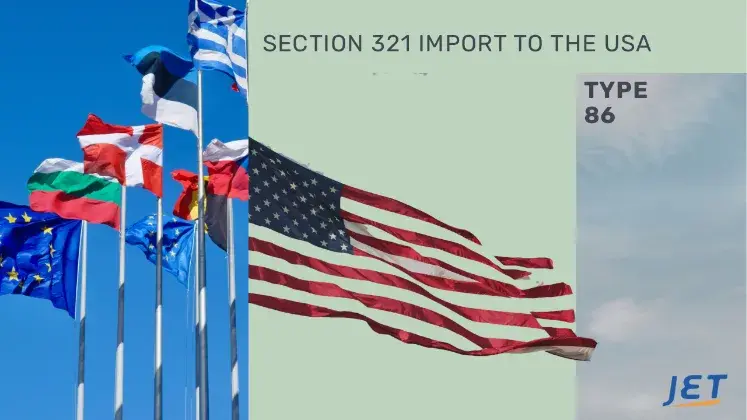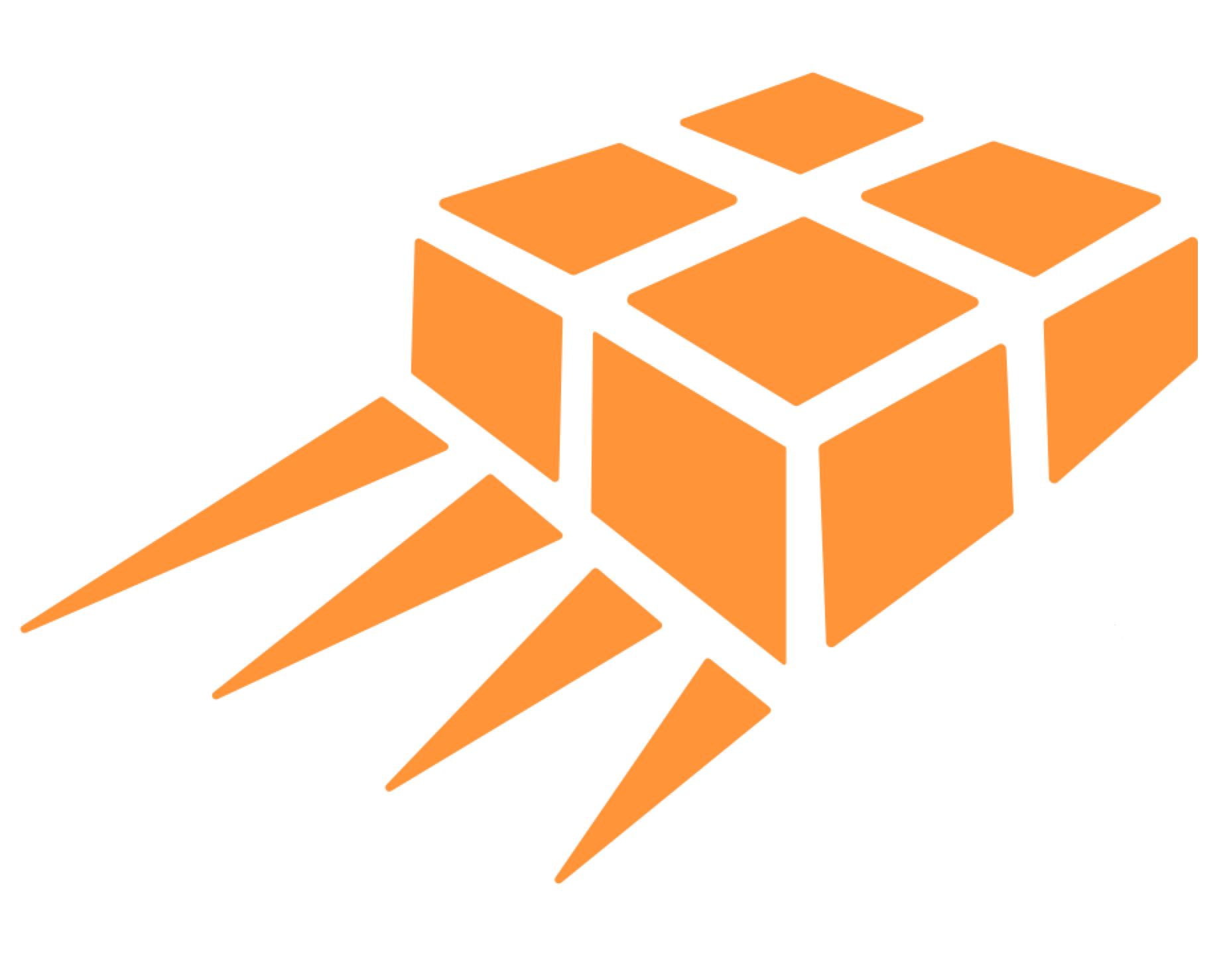
Direct Entry for online ordered parcels to the USA
For international e-commerce companies, Direct Entry to the USA is becoming the preferred alternative for fulfilling orders from the USA.
International e-commerce cross border delivery options to the USA:
- Parcel post from country of origin - such as La Poste, China Post, Correos, Etc.
- Delivery via FedEx or UPS
- Direct Entry plus US Postal Service (UPS)
- Direct entry to USA via Canada
IMPORTANT: 2025 updates to Section 321
Delivery of e-commerce Via e-packet, EMS and other international postal services
International parcel delivery via parcel post from the country of origin is the most popular options for e-commerce companies. Postal services such as La Poste (France), China Post, Correos (Spain), Royal Mail (UK) rely on United Postal Union Rules and agreements with the USPS.
Parcel Post Delivery
- + Lowest cost for small parcels
- + Easier customs clearance process
- - Poor service quality / especially during peak holiday season
- - Increasingly difficult and uncertain customs clearance processes
Jet Worldwide helps European, South American and Asian online retailers ship direct to American customers via section 321 type 86 duty free import to the USA.
E-commerce Delivery to the USA via FedEx and UPS
FedEx & UPS are the largest carriers in the USA. As the only major carriers, the exert great influence on pricing and their processes can be inflexible.
International parcel delivery via the integrators:
- + Express, time definite delivery
- + Sophisticated tracking and clearance processes
- -High cost and inflexible processes
Contact Jet for shipping to the USA via Canada
Direct Entry and Duty Free Import the USA
Using multiple points of entry across the USA, cross border e-commerce shippers can ship parcels to the USA for (Section 321) duty free clearance. The goods can be delivered to the US Postal Service (USPS) facility usually within 24 hours of arrival. See note below on duty free section 321 type 86 ACE entry.
Direct Injection
+ Access to low cost domestic USPS and other delivery networks
+ Higher quality service than using parcel post from country of origin
+ Dedicated Express Consignment clearance solutions
+ Ability to manage returns / reverse logistics
- Large parcel volumes needed
A challenge - and complement - to existing retail supply chains
Using Section 321 type 86 entries, e-commerce merchants can clear e-commerce orders shipped via individual parcels via ocean freight duty free. Contact our team for information on clearing ocean freight shipments via duty free section 321 processes.
Direct Injection is more than simply an alternative to existing parcel post and integrator options: Direct Injection challenges the existing supply chain model.
Traditional supply chain model:
- Large bulk orders of like items
- Ocean containers transit to destination country
- In-land transport to domestic distribution center
- In-land delivery to retail store or direct to consumer (e-commerce)
With the growth of cross border e-commerce, Germany, UK, French, Italian and Spanish retailers are increasingly looking to send orders direct to the USA.
Jet Worldwide helps companies establish secure cross border direct import and entry to the USA with duty free Section 321 parcel import processes.
What is Section 321?
US Customs allows most individual orders valued under $800 USD to be entered and cleared duty free into the USA. This entry type is known as a Section 321 Informal Entry. Using this entry type, importers can consolidate all their qualifying orders under one entry without H.S. Codes and benefit from duty free entry.
Most goods cleared via a section 321 informal entry are imported under Part 128 of the Code of Federal Regulations (CFR). As such, they are imported to facilities with port codes that define them as Express facilities or ECCF's. Many express operators are also able to clear via freight facilities (with section 321 processes) known as a Container Freight Station or CFS.
For importers who have H.S. codes, it may be best to use a Section 321 "type 86" entry. Using this entry type, goods can be imported via traditional methods using the Automated Broker Interface or ABI system.







